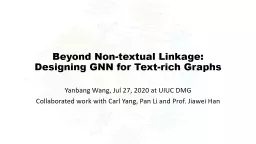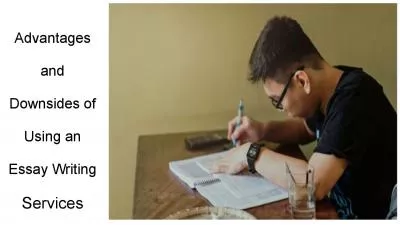PPT-Writing a Textual Analysis Essay
Author : pamella-moone | Published Date : 2016-10-18
analysis na detailed examination of the elements or structure of something typically as a basis for discussion or interpretation THUS A textual analysis is created
Presentation Embed Code
Download Presentation
Download Presentation The PPT/PDF document "Writing a Textual Analysis Essay" is the property of its rightful owner. Permission is granted to download and print the materials on this website for personal, non-commercial use only, and to display it on your personal computer provided you do not modify the materials and that you retain all copyright notices contained in the materials. By downloading content from our website, you accept the terms of this agreement.
Writing a Textual Analysis Essay: Transcript
Download Rules Of Document
"Writing a Textual Analysis Essay"The content belongs to its owner. You may download and print it for personal use, without modification, and keep all copyright notices. By downloading, you agree to these terms.
Related Documents

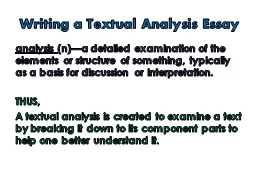
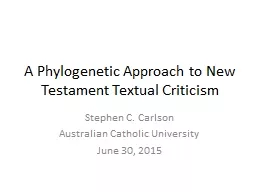
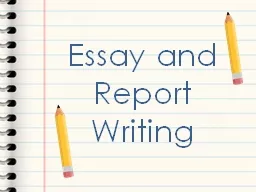
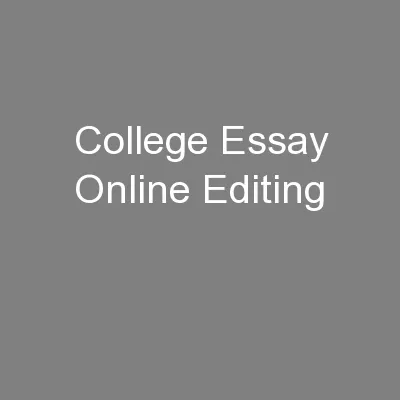
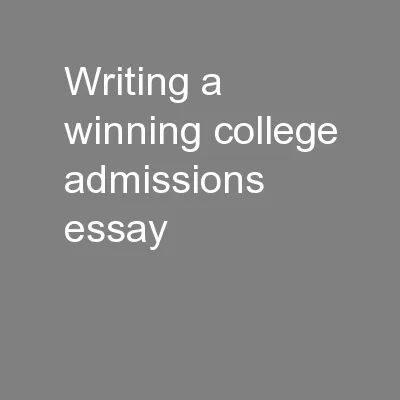
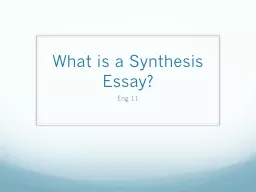
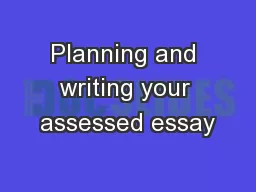
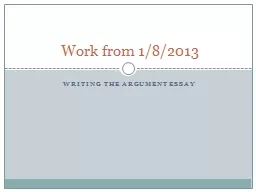
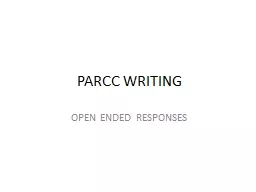
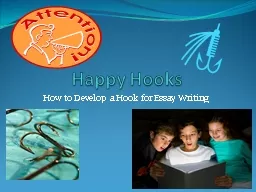
![[EBOOK] - College Essay Essentials: A Step-by-Step Guide to Writing a Successful College](https://thumbs.docslides.com/903318/ebook-college-essay-essentials-a-step-by-step-guide-to-writing-a-successful-college-admissions-essay.jpg)
![[EPUB] - Writing a Successful College Application Essay (Barron\'s Writing a Successful](https://thumbs.docslides.com/906666/epub-writing-a-successful-college-application-essay-barron-s-writing-a-successful-college-application-essay.jpg)
